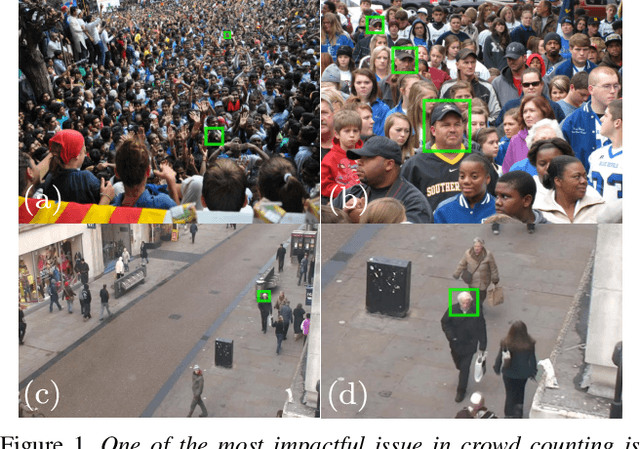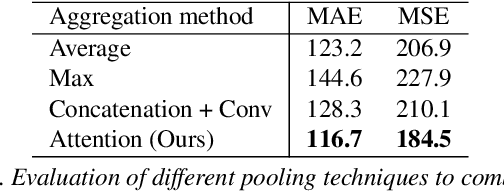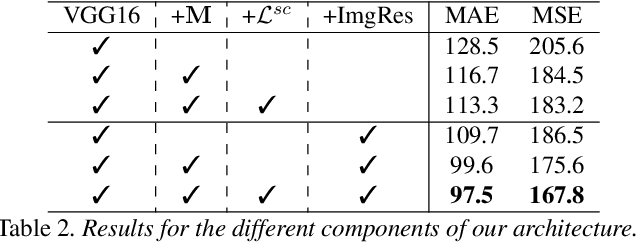Joe Tighe
Calibration-Aware Margin Loss: Pushing the Accuracy-Calibration Consistency Pareto Frontier for Deep Metric Learning
Jul 08, 2023



Abstract:The ability to use the same distance threshold across different test classes / distributions is highly desired for a frictionless deployment of commercial image retrieval systems. However, state-of-the-art deep metric learning losses often result in highly varied intra-class and inter-class embedding structures, making threshold calibration a non-trivial process in practice. In this paper, we propose a novel metric named Operating-Point-Incosistency-Score (OPIS) that measures the variance in the operating characteristics across different classes in a target calibration range, and demonstrate that high accuracy of a metric learning embedding model does not guarantee calibration consistency for both seen and unseen classes. We find that, in the high-accuracy regime, there exists a Pareto frontier where accuracy improvement comes at the cost of calibration consistency. To address this, we develop a novel regularization, named Calibration-Aware Margin (CAM) loss, to encourage uniformity in the representation structures across classes during training. Extensive experiments demonstrate CAM's effectiveness in improving calibration-consistency while retaining or even enhancing accuracy, outperforming state-of-the-art deep metric learning methods.
Scale-Aware Attention Network for Crowd Counting
Jan 17, 2019



Abstract:In crowd counting datasets, people appear at different scales, depending on their distance to the camera. To address this issue, we propose a novel multi-branch scale-aware attention network that exploits the hierarchical structure of convolutional neural networks and generates, in a single forward pass, multi-scale density predictions from different layers of the architecture. To aggregate these maps into our final prediction, we present a new soft attention mechanism that learns a set of gating masks. Furthermore, we introduce a scale-aware loss function to regularize the training of different branches and guide them to specialize on a particular scale. As this new training requires ground-truth annotations for the size of each head, we also propose a simple, yet effective technique to estimate it automatically. Finally, we present an ablation study on each of these components and compare our approach against the literature on 4 crowd counting datasets: UCF-QNRF, ShanghaiTech A & B and UCF_CC_50. Without bells and whistles, our approach achieves state-of-the-art on all these datasets. We observe a remarkable improvement on the UCF-QNRF (25%) and a significant one on the others (around 10%).
 Add to Chrome
Add to Chrome Add to Firefox
Add to Firefox Add to Edge
Add to Edge